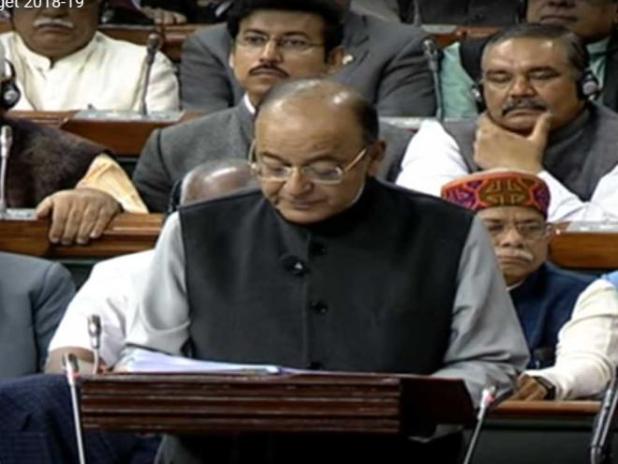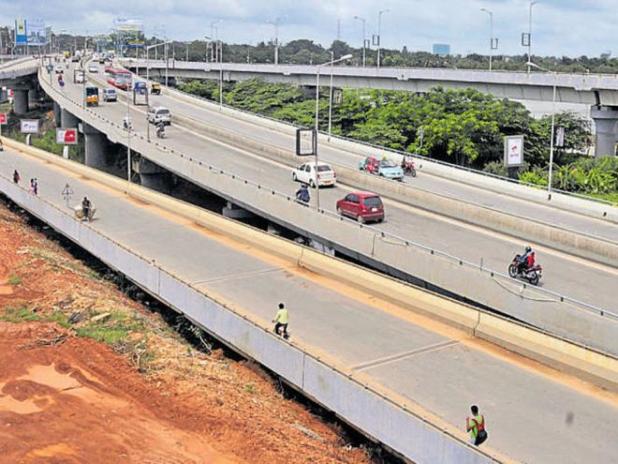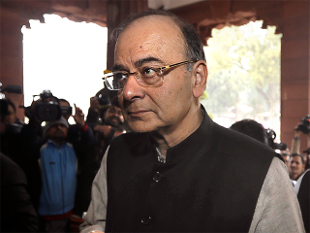BudgetL A bold and compelling vision and more opinions
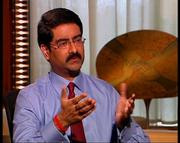
Emboldened by the recent improvement in India’s macroeconomic data and the buoyancy in investor sentiment, the Finance Minister in his budget has laid out a bold and compelling vision for India. By the 75th year of our Independence in 2022, the FM wants every Indian household to have adequate access to housing, means of livelihood, electricity, health, education and social security all of which are indeed creative. A stronger, cleaner and more just India on the anvil seems a reality. It is heartening to see that this vision has been backed by several doable initiatives in the Budget.
A transformational change, subsequent to the recommendations of the Finance Commission, has been regarding the empowerment of States. That nearly two-thirds of the total revenues collected by the Centre and States in India will be with States shows that the development outcomes in future will be driven more by how effectively State Governments are deploying their resources. At one stroke the fiscal space available with the Central Government has been considerably narrowed. Against this backdrop, the FM seems to have made a conscious choice to phase out the fiscal consolidation targets to an extent, and boost public investment, especially in infrastructure. Alongside, much credit must be given to him for achieving the fiscal deficit target for the current year, and for continuing with the medium-term goal of 3 per cent fiscal deficit ratio.
There are several positives in this budget on the infrastructure front — a new fund to leverage financing of infrastructure projects, revitalising of the PPP model to make it workable, offering of investment projects in the ‘plug-and-play’ mode so as to avoid delays, intentions to undertake regulatory reforms, and tax-free bonds — besides, of course, higher outlays for roads and railways. These steps will address both issues that were being faced by the infrastructure sector — delays in clearances and financing needs.
The FM has taken recourse to multiple ways related to the taxation reforms and also provided a clear sight of the kind of changes we can expect over the coming years. Corporate taxation will gravitate towards lower rates and fewer exemptions over the next four years, making it more aligned to the international structures. After a long delay, GST is now set to come into force from April 2016. This time apparently there is a broad level of consensus on this. The decision to abolish wealth tax is a bold and pragmatic one. Investors would also welcome the clarity that GAAR will be applicable after two years and prospectively.
The budget speech mentioned many important financial reforms — formation of the Monetary Policy Committee and formal adoption of the monetary policy framework, bringing commodity markets under the regulatory watch of SEBI and creation of a sector-neutral financial redressal agency. These are most welcome. The FM has also promised to announce steps for moving India towards a cashless economy. With greater financial inclusion and the introduction of payment banks, this would not be too difficult.
As transactions use less of cash and more of technology, that itself will arrest leakages in government schemes, curb corruption and generation of black money. Moreover, the FM has promised to leverage technology and integrated databanks to detect unaccounted income; and new legislations to track down black money. All these measures will be creating ‘Swachh Bharat’ in a different sense.
On the whole, I believe that this is a Budget that paints the government’s long-term vision in very clear and vibrant colours, and then lays out the building blocks towards realising that vision in a comprehensive manner. This is not a budget that should be judged only by the allocations, especially considering the constrained fiscal space that was available to the FM, but by the ideas for rejuvenating growth and meeting the aspirations of India.
Kumar Mangalam Birla is chairman of the Aditya Birla Group
Across The Aisle – Fourteenth FC: Generous to a fault? (Written by P Chidambaram)
Dissent is the soul of debate.
Justice Felix Frankfurter of the United States Supreme Court and Justice K Subba Rao of the Supreme Court of India wrote many famous dissenting judgements. The most celebrated dissenting judgement in the history of Indian courts was authored by Justice H R Khanna in the case of ADM Jabalpur. According to Chief Justice Hughes of the US Supreme Court, “a dissent in the court of last resort is an appeal to the brooding spirit of the law, to the intelligence of a future day when a later decision may possibly correct the error….”
Mr Abhijit Sen can take heart that he may not be alone when he wrote his four-page dissent to the Report of the Fourteenth Finance Commission (FFC). It deserved a more reasoned response than the rather dismissive one-paragraph reply appended by the Chairman and the other members of the FFC.
Be that as it may, let us examine the issue objectively.
Transfer of funds to States
Should the Central government transfer more resources to the State Governments? My view is yes, a resounding yes. Resource transfers fall under four heads. They are:
1. States’ share of taxes and duties (mandatory under Article 270 of the Constitution);
2. Non-Plan grants and loans (discretionary, based on the discretion of line Ministries and Departments);
3. Central Assistance to States’ Plans (hitherto based on agreement between the Planning Commission and the State concerned); and
4. Central Assistance for Central government schemes (discretionary, but governed by principles of burden-sharing).
I have long held the view that States’ share of taxes and duties collected by the Centre must be significantly increased. I have also long held the view that Central government schemes must be very few and must be fully funded by the Centre. If matters had stopped there, there would be no dispute. The States would have to do with their share of taxes and duties transferred to them and their own resource mobilisation.
Matters did not stop there. The Centre wanted States to implement its Plan; it also wanted States to draw up State Plans. States asked for money, Gross Budgetary Support (GBS) came into being, and the Planning Commission became the arbiter. Besides, just as the Centre had its non-Plan schemes, so did the States have their non-Plan schemes, and wanted money for those schemes too. Article 275 of the Constitution came in handy. Instead of co-operative federalism, the Centre and the States began to quarrel over transfer of funds under Article 275.
UPA set the ball rolling
On January 2, 2013, the UPA government constituted the FFC as required under Article 280 of the Constitution. One of the terms of reference was to recommend “the principles which should govern the grants-in-aid of the revenues of the States.” Further, on February 17, 2014, while presenting the Interim Budget for 2014-15, I announced that the Centrally Sponsored Schemes (CSS) had been restructured into 66 progammes and funds for the schemes would be released as Central assistance to State plans. Consequently, Central assistance to State plans rose dramatically from
Rs 136,254 crore in 2013-14 to Rs 338,562 crore in 2014-15.
The UPA government had set the ball rolling. Mr Jaitley maintained the same numbers when he presented the regular Budget in July 2014.
The FFC has kicked the ball further. In major shifts from the past, it has increased the States’ share of taxes and duties from 32 per cent to 42 per cent. It has also recommended only grants for revenue deficit, disaster relief and local bodies. All other grants have been axed. Instead, the FFC has recommended a separate institutional arrangement for grants to sectors such as health, education, drinking water and sanitation. The result: more untied funds to the States. The expectation: more financial responsibility on the part of the States.
Sen’s agreement and dissent
Mr Abhijit Sen does not disagree with the core recommendations of the FFC. His main concern is that major shifts from past practice will “disrupt existing plan transfers with likely very serious effects in the first year of the award period.” He has, therefore, recommended that the States’ share of taxes be kept at 38 per cent in the first year and maintained at that level until there is agreement on the separate institutional arrangement. Post agreement, he supports States’ share being raised to 42 per cent.
The Chairman and other members have responded that it is “for the authorities to determine the transition path and make arrangements as are appropriate.” The Government, characteristically, has played safe. It has accepted that the States’ share of taxes and duties will be 42 per cent but, in respect of grants-in-aid of revenue and Revenue Deficit grant, it has accepted the recommendations only “in principle”. Government has also promised to put in place an appropriate institutional arrangement.
All this may seem arcane. Not if you believe that Normal Central Assistance (to the Plan), Rashtriya Krishi Vikas Yojana and Backward Region Grant Fund, specifically referred to by Mr Sen, are important interventions. Mr Sen has appealed to the “intelligence of a future day”. That day was yesterday, and when you read this column on Sunday you will know if the Government has found a satisfactory solution.
Strong on the social sector side by
Budget making is a complex exercise, especially in a country like India. Therefore, the parameters to judge the annual budget are also many. For me, the arithmetic of the budget is the first. According to the statements made by the Prime Minister and the Finance Minister, one expected the fiscal deficit targets to be adhered to. However the Finance Minister has extended it from two to three years. Thus, the reduction in fiscal deficit between this year and the next is going to be only twenty basis points and in revenue deficit, only ten basis points. As the author of the Fiscal Responsibility and Budget Management Act, I am a little disappointed. As far as tax revenues are concerned, the Finance Minister has not been adventurous. In budget estimates for 2015-16, he has generally kept close to the revised estimates and not the highly inflated budget estimates of this year. It is on the expenditure side that one sees some interesting figures.
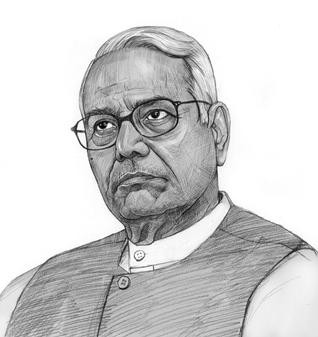 The Finance Commission’s recommendation of raising the share of States in the divisible pool of Central taxes, from 32 per cent to 42 per cent has been cleverly managed. The States’ share in absolute numbers, BE to BE, has gone up from this year to the next by around Rs.1.36 lakh crore. At the same time, the Central plan assistance to the States has gone down from Rs.3,38,000 crore to Rs.2,05,000 crore. Therefore, the two cancel each other out. Thus, the net additional resources transferred to the States, including States’ share of taxes and duties, non-Plan grants and loans, Central assistance to State plans, assistance for Central and Centrally-sponsored schemes, is only Rs.64,000 crore in 2015-16.
The Finance Commission’s recommendation of raising the share of States in the divisible pool of Central taxes, from 32 per cent to 42 per cent has been cleverly managed. The States’ share in absolute numbers, BE to BE, has gone up from this year to the next by around Rs.1.36 lakh crore. At the same time, the Central plan assistance to the States has gone down from Rs.3,38,000 crore to Rs.2,05,000 crore. Therefore, the two cancel each other out. Thus, the net additional resources transferred to the States, including States’ share of taxes and duties, non-Plan grants and loans, Central assistance to State plans, assistance for Central and Centrally-sponsored schemes, is only Rs.64,000 crore in 2015-16.
On the expenditure side, I expected the Finance Minister to deal with the Expenditure Management Commission’s report, the Shanta Kumar Committee report on food sector management and the rationalisation of Central and Centrally sponsored schemes in his speech. We will have to wait for that.
Growth impulsesThe second aspect of the Budget that one should look at is that of growth impulses. There are plenty of them in the budget. The emphasis on infrastructure development is well placed. The allocation of Rs.70,000 crore, the setting up of the National Investment and Infrastructure Fund with an annual flow of Rs.20,000 crore, tax free infrastructure bonds for projects in the rail, road and irrigation sectors, revitalisation of the PPP mode, and the Atal Innovation Mission, concessions to the IT industry, incubation centres to support start-ups, corporatisation of ports, improvement in the ease of doing business, resources that will become available through the monetisation of gold, and skill development programmes will all go a long way in providing much-needed impetus to this sector. However, I wish that the Finance Minister had devoted a sentence or two about unlocking the pending projects in the infrastructure sector mentioned in the Economic Survey.
I was also a little disappointed at the allocation of only Rs.5,300 crore for the Pradhan Mantri Krishi Sinchai Yojna. This is a game-changing idea and needed greater attention and larger allocation.
Employment avenuesThe third aspect of the Budget relates to the livelihood issue. Making an allocation for MGNREGA is not enough without drastically reforming MGNREGA especially after what the Prime Minister had to say about it in the Lok Sabha the other day. There is no doubt that skill development and growth in economy generally will create enormous employment opportunities in the country in the days to come. As far as the quality of life issues are concerned, a vision for 2022 has been included in this budget. It would have been better if the target for 2015-16 had also been separately mentioned. A distant goal is always less credible.
The Budget is strong on the social sector side as it moves from Jan Dhan to Jan Suraksha and a functional social security system for all Indians.
On the taxation side, what is a little disappointing is there being no change in the rate of personal income tax. The Finance Minister would have done well to raise the exemption limit of personal income tax to Rs.3,00,000 from Rs.2,50,000. This would have made the reduction in corporate tax from 30 per cent to 25 per cent more acceptable to the people. Various measures have been included in the budget to promote savings but an increase in the rebate on income tax on interest income would have been welcome. The housing sector could have received a further boost if the income tax concession on interest paid had been raised from to Rs.2,50,00 from Rs.2,00,000. The tightening of provisions relating to black money and penal provisions were long overdue and welcome. I still believe that the Direct Taxes Code is needed and should not be dumped.
The Finance Minister has set a challenging target of operationalising GST from April 1, 2016. Not only the government of India but also State governments will have to move rapidly to stick to this deadline. The differential rate of tax on service tax and central excise has not been very helpful.
On the whole, like the Railway budget, the general budget is also a vision document. The key will be to provide flesh and blood to the vision and implement it.
(Yashwant Sinha is former Finance Minister and former External Affairs Minister.)
Please note that under 66A of the IT Act, sending offensive or menacing messages through electronic communication service and sending false messages to cheat, mislead or deceive people or to cause annoyance to them is punishable. It is obligatory on kemmannu.com to provide the IP address and other details of senders of such comments, to the authority concerned upon request. Hence, sending offensive comments using kemmannu.com will be purely at your own risk, and in no way will Kemmannu.com be held responsible.
Similarly, Kemmannu.com reserves the right to edit / block / delete the messages without notice any content received from readers.
Rozaricho Gaanch April, 2024 - Ester issue
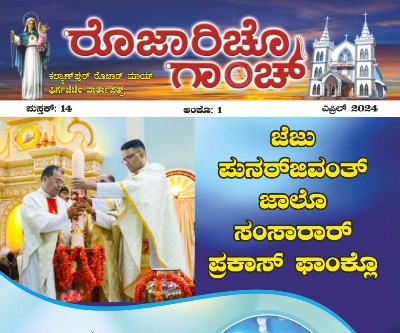
Final Journey Of Theresa D’Souza (79 years) | LIVE From Kemmannu | Udupi |
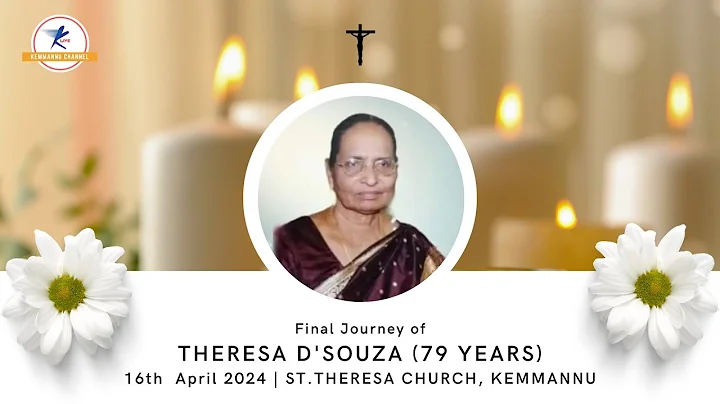
Invest Smart and Earn Big!
Creating a World of Peaceful Stay!
For the Future Perfect Life that you Deserve! Contact : Rohan Corporation, Mangalore.
Final Journey Of Joe Victor Lewis (46 years) | LIVE From Kemmannu | Organ Donor | Udupi |
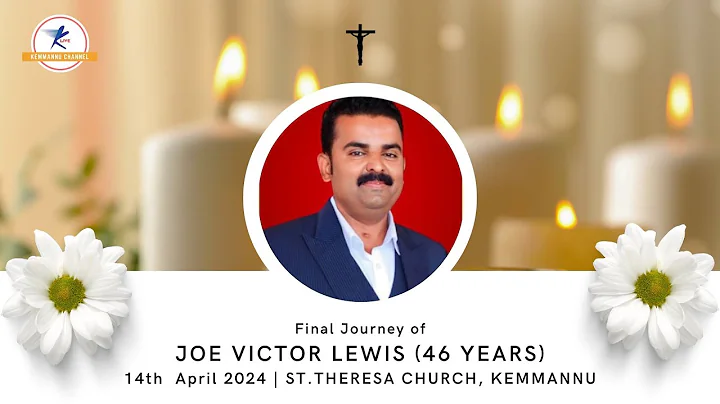
Milagres Cathedral, Kallianpur, Udupi - Parish Bulletin - Feb 2024 Issue
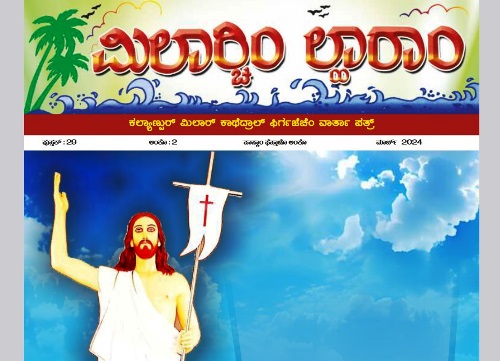
Easter Vigil 2024 | Holy Saturday | St. Theresa’s Church, Kemmannu, Udupi | LIVE
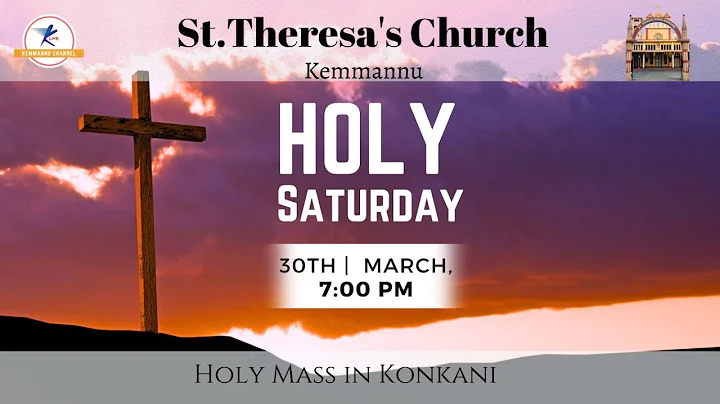
Way Of Cross on Good Friday 2024 | Live From | St. Theresa’s Church, Kemmannu, Udupi | LIVE
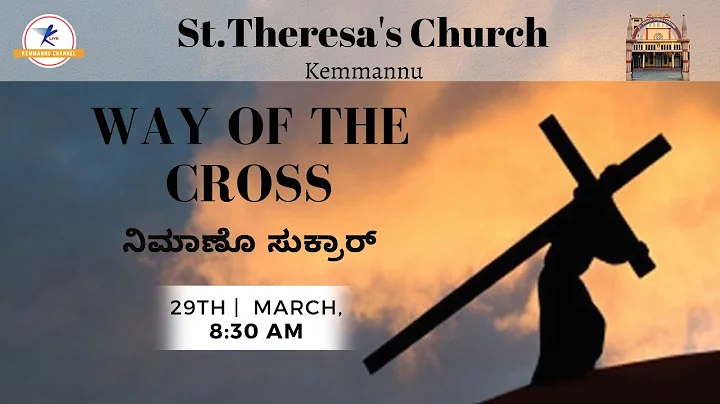
Good Friday 2024 | St. Theresa’s Church, Kemmannu | LIVE | Udupi

2 BHK Flat for sale on the 6th floor of Eden Heritage, Santhekatte, Kallianpur, Udupi
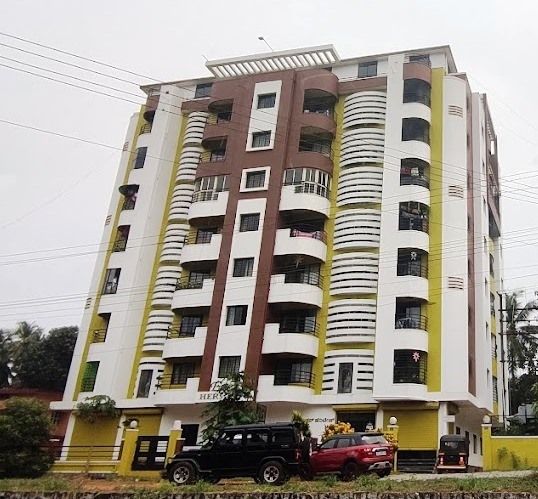
Maundy Thursday 2024 | LIVE From St. Theresa’s Church, Kemmannu | Udupi |
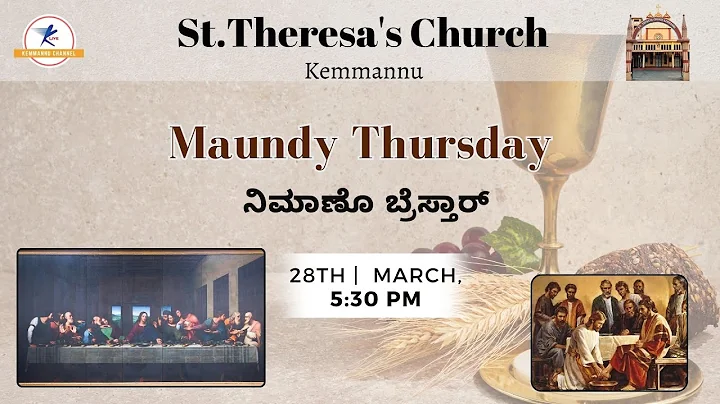
Kemmennu for sale 1 BHK 628 sqft, Air Conditioned flat

Symphony98 Releases Soul-Stirring Rendition of Lenten Hymn "Khursa Thain"
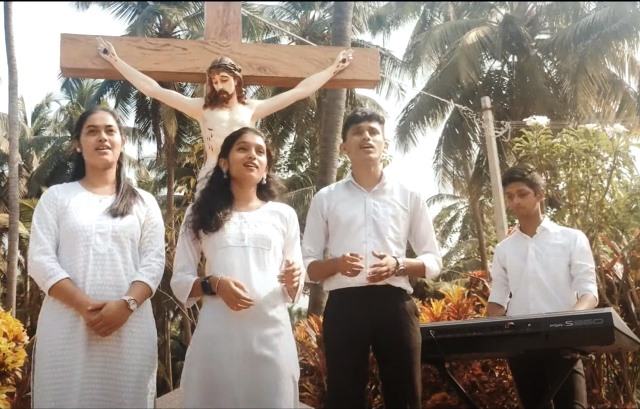
Palm Sunday 2024 at St. Theresa’s Church, Kemmannu | LIVE

Final Journey of Patrick Oliveira (83 years) || LIVE From Kemmannu
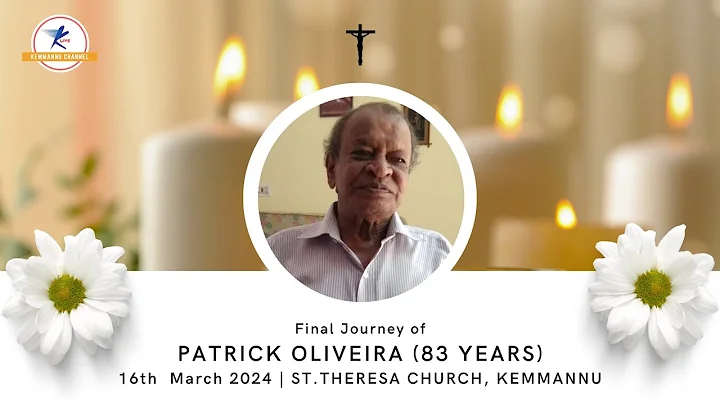
Carmel School Science Exhibition Day || Kmmannu Channel

Final Journey of Prakash Crasta | LIVE From Kemmannu || Kemmannu Channel
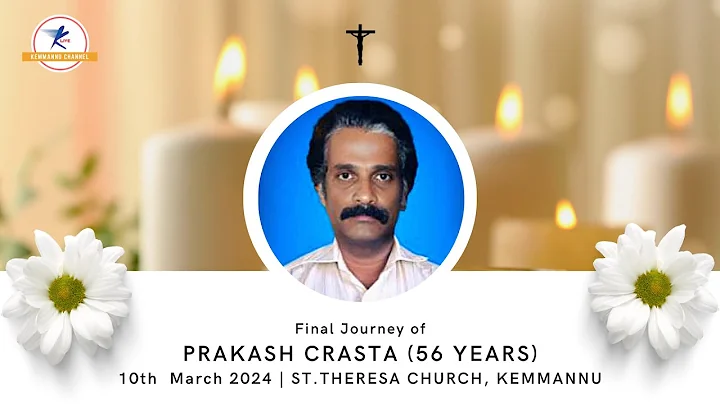
ಪ್ರಗತಿ ಮಹಿಳಾ ಮಹಾ ಸಂಘ | ಸ್ತ್ರೀಯಾಂಚ್ಯಾ ದಿಸಾಚೊ ಸಂಭ್ರಮ್ 2024 || ಸಾಸ್ತಾನ್ ಘಟಕ್
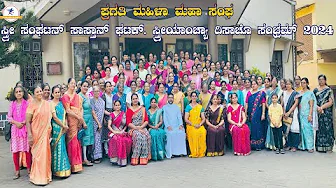
Valentine’s Day Special❤️||Multi-lingual Covers || Symphony98 From Kemmannu

Rozaricho Gaanch December 2023 issue, Mount Rosary Church Santhekatte Kallianpur, Udupi
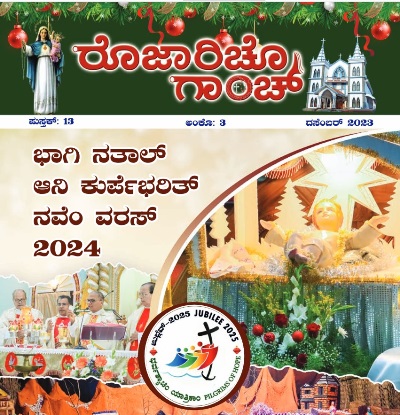
An Ernest Appeal From Milagres Cathedral, Kallianpur, Diocese of Udupi
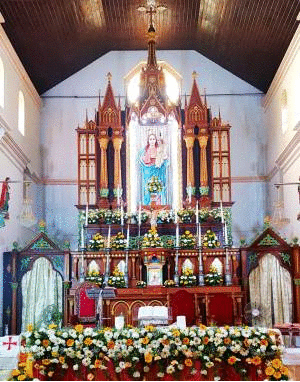
Diocese of Udupi - Uzvd Decennial Special Issue
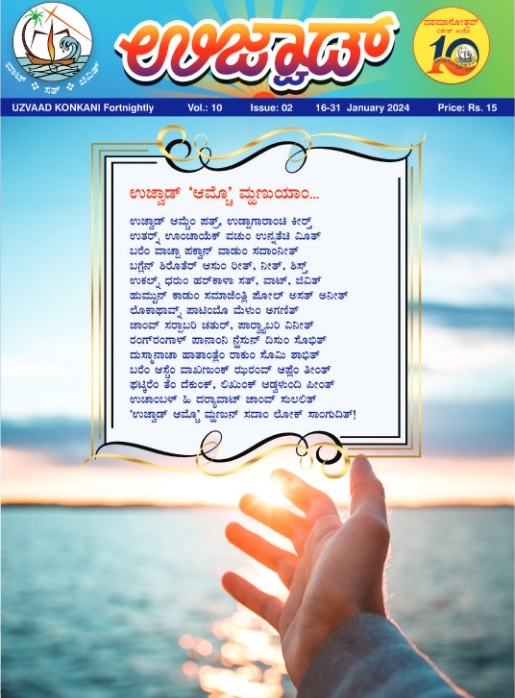
Final Journey Of Canute Pinto (52 years) | LIVE From Mount Rosary Church | Kallianpura | Udupi
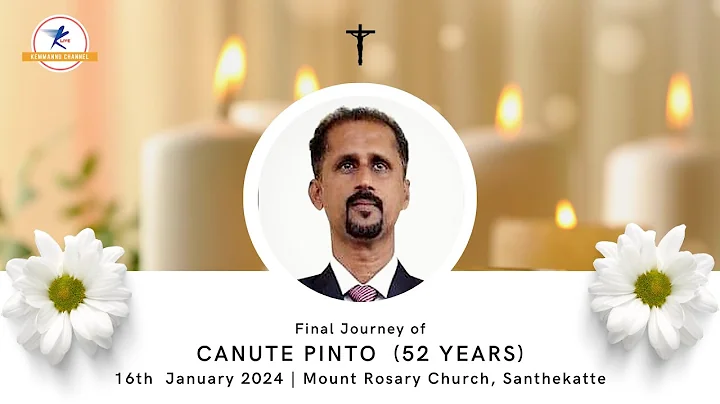
Earth Angels Anniversary | Comedy Show 2024 | Live From St. Theresa’s Church | Kemmannu | Udupi

Confraternity Sunday | St. Theresa’s Church, Kemmannu
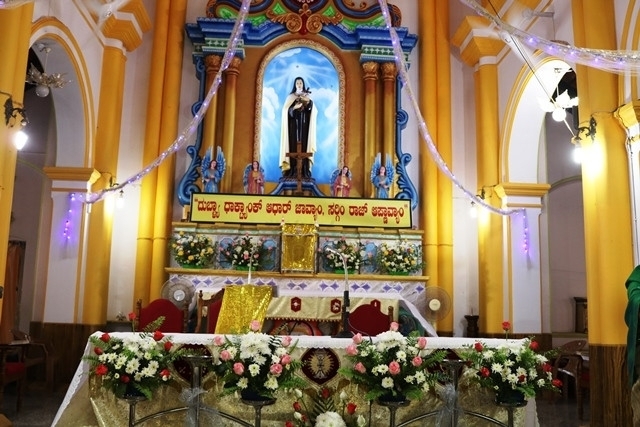
Kemmannu Cricket Match 2024 | LIVE from Kemmannu
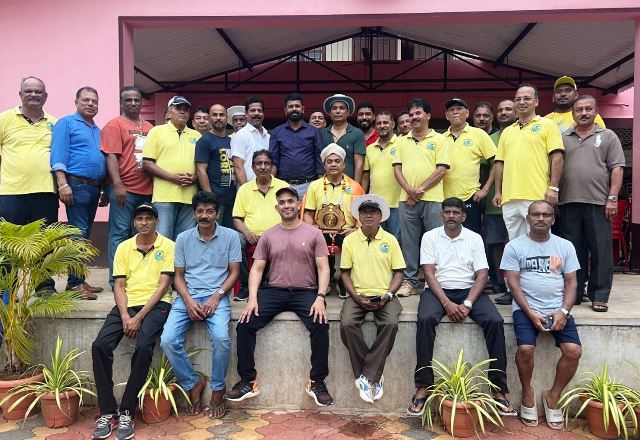
Naturya - Taste of Namma Udupi - Order NOW

New Management takes over Bannur Mutton, Santhekatte, Kallianpur. Visit us and feel the difference.

Focus Studio, Near Hotel Kidiyoor, Udupi


Earth Angels - Kemmannu Since 2023

Kemmannu Channel - Ktv Live Stream - To Book - Contact Here

Click here for Kemmannu Knn Facebook Link
Sponsored Albums
Exclusive
An Open ground ‘Way of the Cross’ observed in St. Theres’s Church, Kammannu. [Live-Streamed]
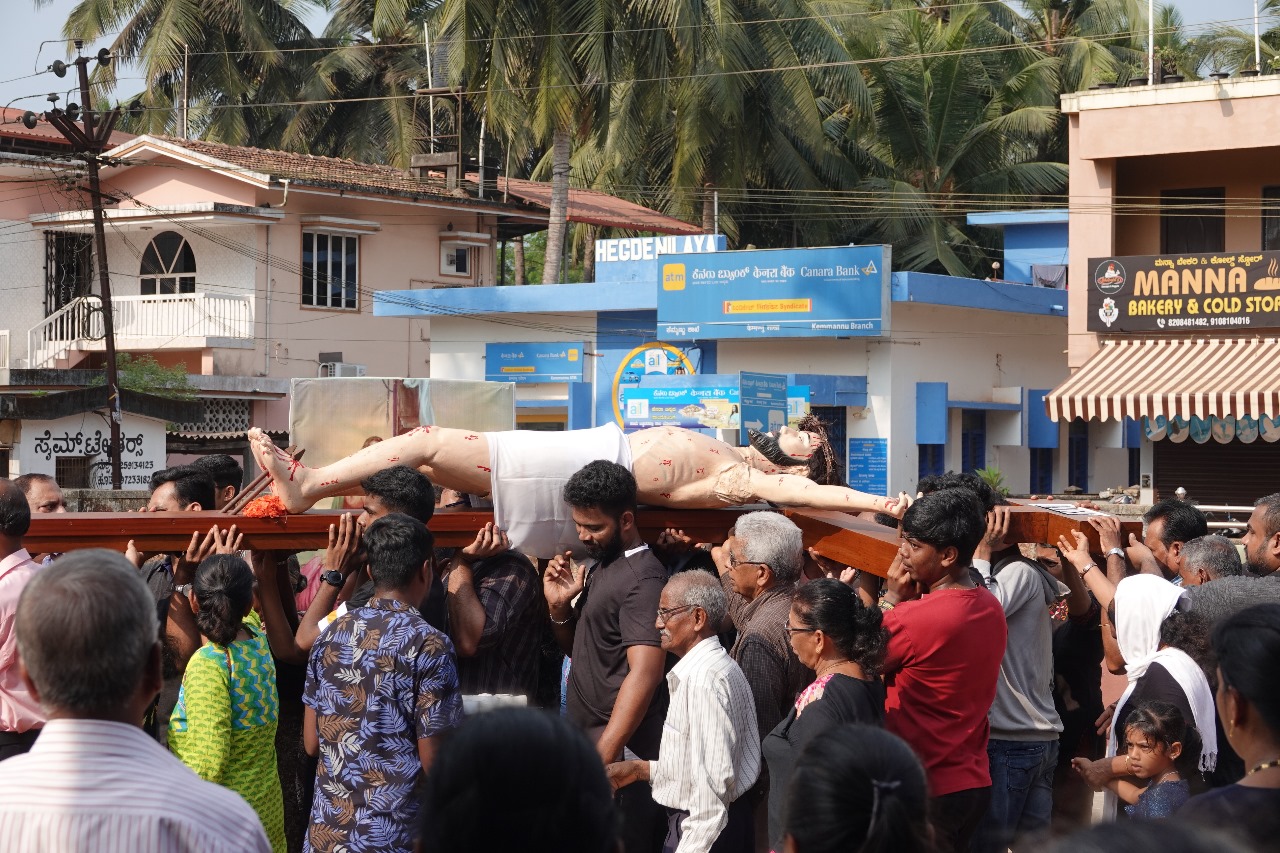
Udupi Bishop Most Rev. Gerald Issac Lobo Celebrates Palm Sunday at Kemmannu Church
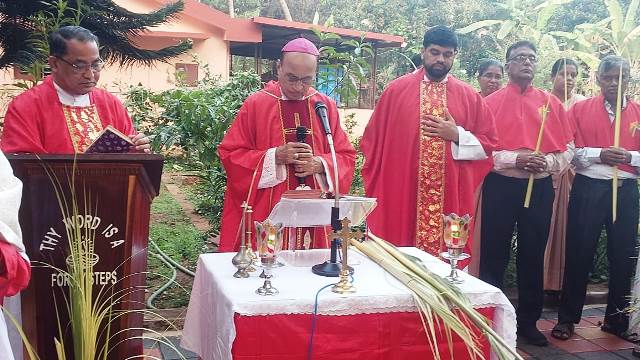
The architect of various Churches, Schools, Hospitals and Colleges….. Msgr Denis Jerome D Souza.
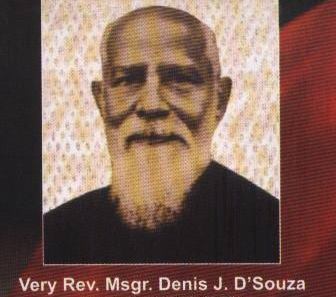
Konknani Writers’ Association Literary Award Conferred on Dr. Gerald Pinto
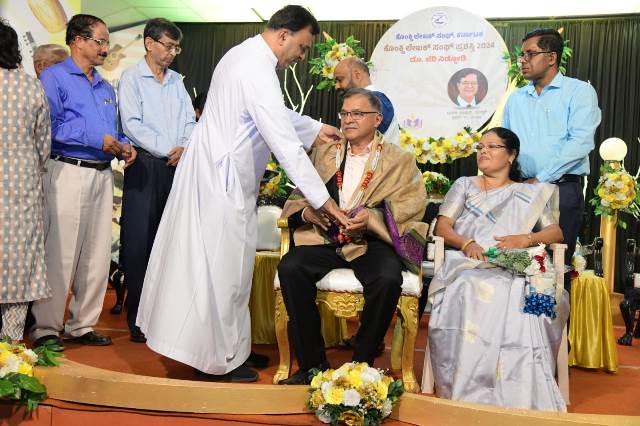
Celebrating Love Across Languages: A Valentine’s Day Special
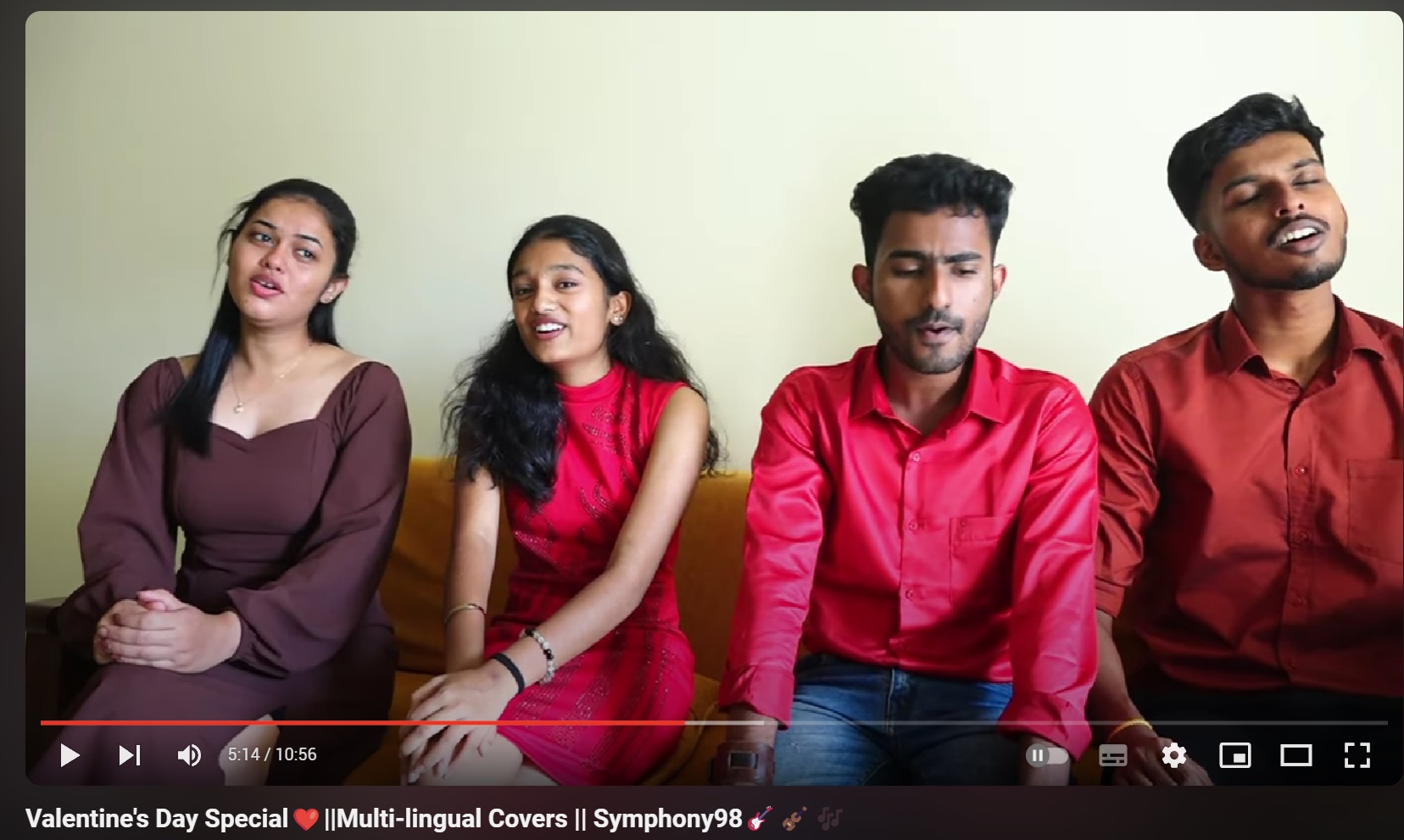
Udupi: Kemmannu.com Journo Richard D’Souza Felicitated by Paryaya Sri, Sri Sugunendra Tirtha Swamiji.
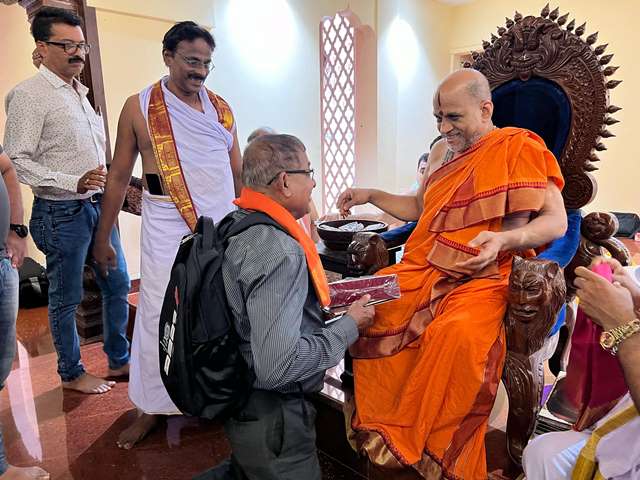
Let the unity of senior players be an example to the youth - Gautham Shetty - Alfred Crasto Felicitation - Match Livestream.
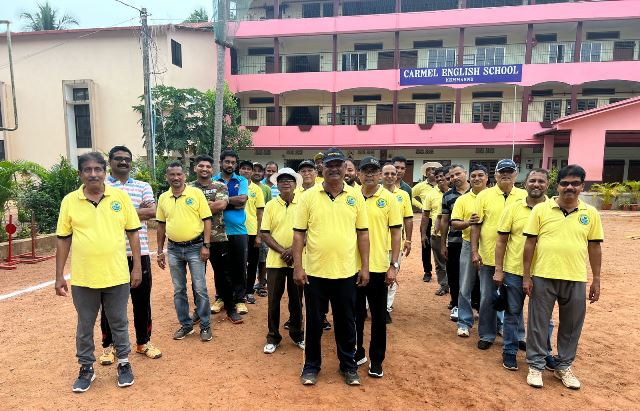
Bali, Indonesia: Royal Singaraja Award to Mangalorean NRI Philanthropist Dr. Frank Fernandes. [Video]
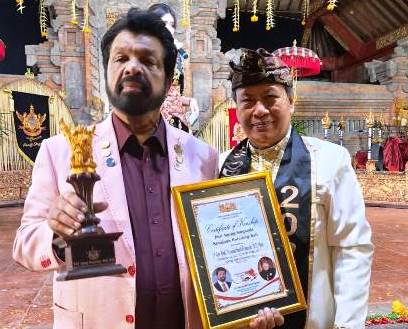
MTC - Milagres towards Community – An Outreach program on 14th December, 2023
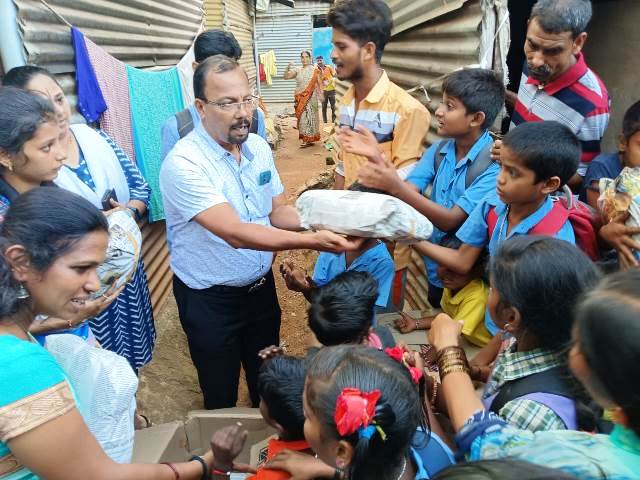
 TODAY -
TODAY -

 Write Comment
Write Comment E-Mail To a Friend
E-Mail To a Friend Facebook
Facebook Twitter
Twitter  Print
Print 
